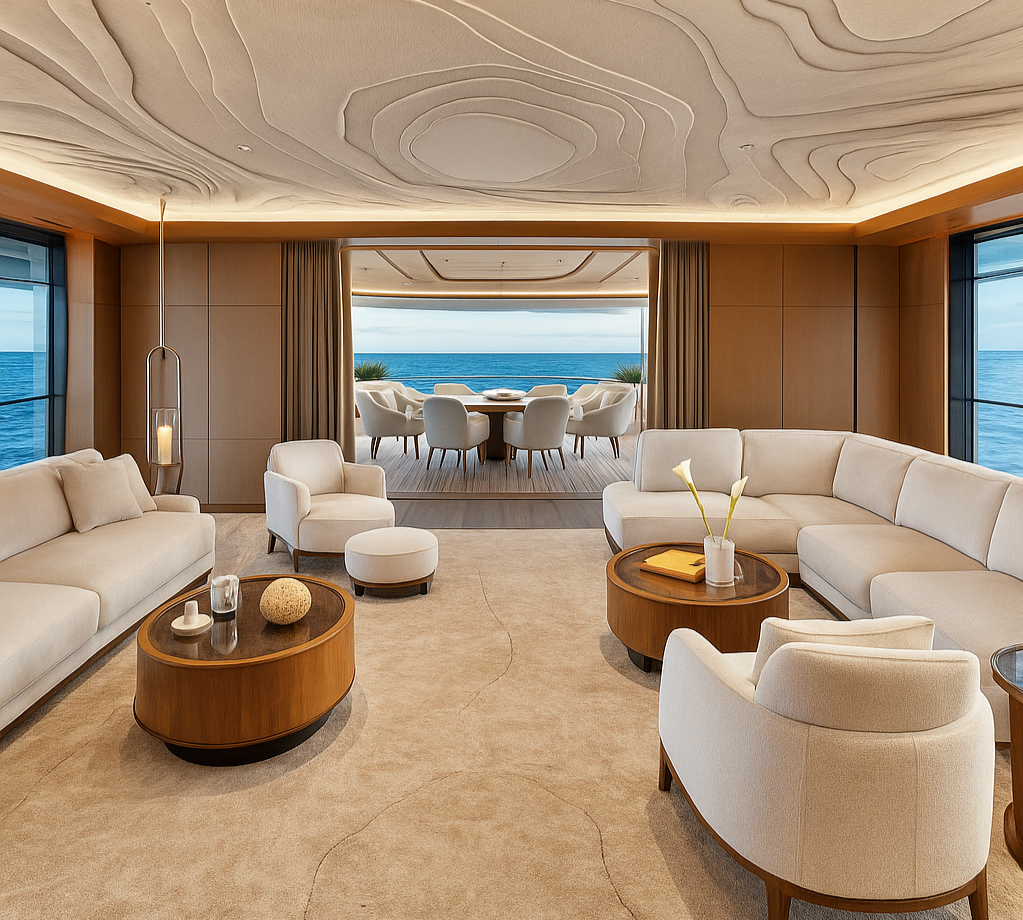The $6,600 secret: why high investments win the UHNW game (But only with ROI discipline)
By Hans Lagerweij
My previous posts covered the challenge of finding UHNW clients and the necessity of high-touch conversion. Now, let’s talk numbers. Specifically, one number that should make any CMO pause: $6,667.
That’s our estimated Cost of Acquisition (CAC) for a single direct B2C passenger on The Ritz-Carlton Yacht Collection, based on a declared investment of $100 million in digital marketing, and an estimated 15K number of direct pax. Also, successful peers targeting slightly below that luxury level like Lindblad Expeditions are spending thousands of dollars to bring in each new guest.
High CAC is an investment, not a blank check
To most marketers, a CAC that high signals a massive problem. But in the UHNW world, it's often the price of entry—if you know exactly what you are paying for.
At Click Core Strategies, we see this high spend as a calculated investment that must achieve two things:
Precision and privacy: It funds the sophisticated targeting that respects the UHNW client’s space and places your brand in the subtle, high-value forums they trust.
Flawless conversion: It pays for the exclusive, human-focused process that converts a click into a trusted relationship, not just a transaction.
If you are spending only a few hundred dollars to acquire a luxury client, you are likely failing at one of those two critical steps.
No money “overboard”
The high price tag, however, does not excuse waste. This is where ROI discipline is non-negotiable.
When we advise luxury brands, we stress that every dollar of that high CAC must be trackable and accountable. We are not just "throwing money" into brand awareness. We are thoroughly optimizing our spend to target the most valuable sub-segments of the UHNW audience—those with the highest potential for repeat business.
The goal isn't just to be seen; it's to have the highest quality lead possible enter that conversion funnel we discussed last blog.
The only justification: Customer Lifetime Value (CLV)
The CAC is just the entry fee. The figure that matters most strategically is the Customer Lifetime Value (CLV).
A luxury brand isn't selling a single cruise. It's buying a loyal customer who will spend tens of thousands of dollars on that first trip, and then come back for a second, a third, or refer to their network. If the average client spends $130,000 over their time with the brand, that $6,667 was a bargain.
Crucially, calculating this CLV doesn't require complex data science, but it demands discipline. The simplest way to estimate it is by multiplying the average profit from one sale by the average number of times a customer buys over their relationship with you. For example, if a client generates $10,000 in profit per cruise and you keep them for 4 bookings, their CLV is $40,000$. This straightforward math is the ultimate justification for high acquisition spend. If you can’t confidently calculate a CLV that crushes your CAC, you are simply throwing money overboard.
The lesson for luxury brands is clear: Spend big to earn trust, but track meticulously to ensure that trust lasts a lifetime. The high cost of acquisition must be matched by the discipline of digital performance tracking to guarantee profitability.
Hans, originally from the Netherlands, holds an MBA from Erasmus University Rotterdam and an MA in Brand Management. His early career foundation was built in brand activation, development, and sales roles within the packaged consumer goods industry. He then transitioned to the travel and tourism sector, where he has a proven track record of leading, turning-around and growing businesses. His experience includes CEO and President roles at Quark Expeditions and Victory Cruise Lines as well as leading international businesses for Albatros Travel and serving as a Senior Vice President at Four Seasons. Hans now leads Flying Dutchman Consultancy, focusing on growth strategies. He is also a Non-Executive Director of ClickCore Strategies and a board advisor for several startups. His book “The Why Whisperer, how to motivate and align teams that get your strategy done” was released in May 2025

